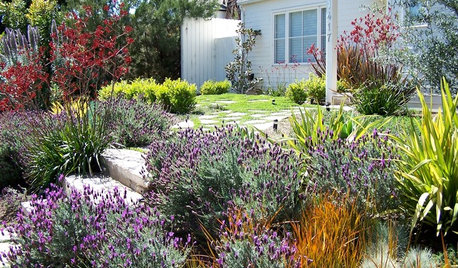Washing Greens--Do you add anything to water?
brad9
14 years ago
Featured Answer
Sort by:Oldest
Comments (15)
boulderbelt
14 years agogardener1908
14 years agoRelated Professionals
Lake Oswego Landscape Architects & Landscape Designers · Manorville Landscape Architects & Landscape Designers · Bethlehem Landscape Contractors · Tempe Landscape Contractors · Fort Myers Landscape Contractors · Gallatin Landscape Contractors · Hayward Landscape Contractors · La Vista Landscape Contractors · Lake Worth Landscape Contractors · Mastic Beach Landscape Contractors · Secaucus Landscape Contractors · Vermilion Landscape Contractors · Westchester Landscape Contractors · Menifee Solar Energy Systems · Prunedale Solar Energy Systemsveggierosalie
14 years agoboulderbelt
14 years agospogarden
14 years agogardener1908
14 years agoboulderbelt
14 years agoanoid1
14 years agothinman
14 years agogardendawgie
14 years agotshutch
14 years agogardendawgie
14 years agothinman
14 years agoiochroma
4 years ago
Related Stories

GREEN BUILDINGJust Add Water: Rain Barrel Magic
Take your rainwater storage from practical to beautiful with a new breed of design-friendly rain barrels
Full Story
GREEN DECORATINGEasy Green: Big and Small Ways to Be More Water-Wise at Home
These 20 tips can help us all make the best use of a precious resource. How do you save water in summer?
Full Story
GREAT HOME PROJECTSHow to Add a Radiant Heat System
Enjoy comfy, consistent temperatures and maybe even energy savings with hydronic heating and cooling
Full Story
BEFORE AND AFTERSLiving Area Lightened Up and Ready for Anything
Porcelain tile and outdoor fabrics prepare this lakeside home for the challenge of pets and kids
Full Story
DECORATING GUIDESBulletproof Decorating: Upholstery That Stands Up to Anything
Kids and pets are no match for fabrics as durable as these, which meet higher style standards than ever
Full Story
SAVING WATERGreat Plants for Lush, Low-Water Gardens
Water restrictions making your garden look washed out? Give it living color with unthirsty grasses, flowers and succulents
Full Story
YELLOWCitrus Hues Add Zest to Rooms
You almost don't need to clean when you wash your spaces with the refreshing colors of lemons, limes and oranges
Full Story
BATHROOM DESIGNGreen and Clean: Sleek Water-Wise Bathroom Fixtures
By choosing ecofriendly faucets, showerheads and even toilets, you can save loads of water and money without sacrificing style
Full Story
HOUSEPLANTSHow to Add a Living Wall
Learn how to choose systems and plants, and what it will cost to bring a bit of the outdoors in or green up a garden wall
Full Story
DECORATING STYLES7 Ways to Add Mediterranean Elegance to Your Home
Embrace the easy style and romance of the Mediterranean through color, texture, classic accents, and light
Full Story





gardendawgie